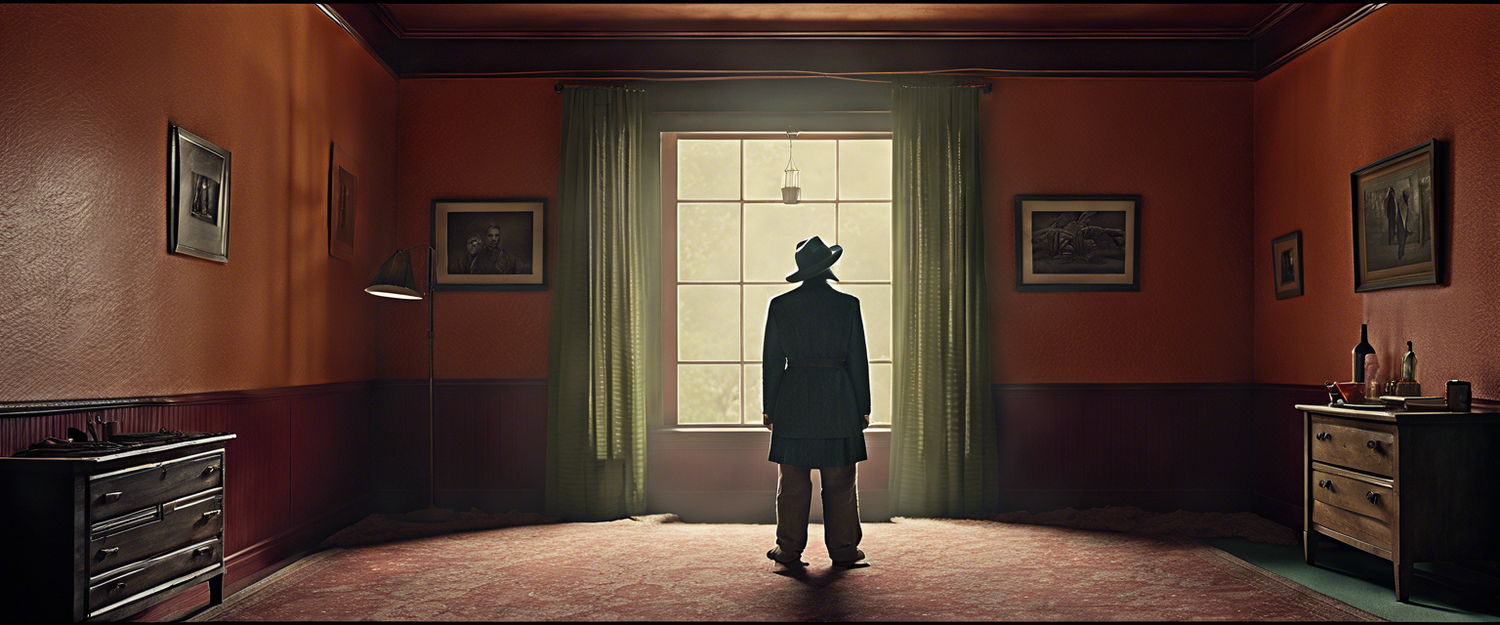Cuckoo: A New Era in Horror with a Haunting Atmosphere
Following closely on the heels of Longlegs and Immaculate, director Tilman Singer's latest film, Cuckoo, emerges as a compelling addition to Neon’s summer of horror lineup. With its stunning cinematography and lingering sense of dread, the film appears poised to resonate within Hollywood's current fascination with eerie, atmospheric tales that thrive on unsettling vibes.
Plot Summary
Cuckoo centers around Gretchen, portrayed by Hunter Schafer, an American teenager who finds herself uprooted to a remote area in the German Alps to live with her estranged father, Luis (Marton Csokas), and his new family, including her stepmother Beth (Jessica Henwick) and mute half-sister Alma (Mila Lieu). Stripped of her familiar friends and belongings back in the States, Gretchen grapples with profound isolation in this unfamiliar environment. Her only solace comes in the form of voicemails to her unseen mother, revealing the depth of her distress.
Unearthing Secrets in a Beautiful but Creepy Setting
From the outset, it's clear that something is amiss in the resort where Gretchen must reside. As she navigates her new reality, unsettling encounters — especially with the resort’s odd owner, Herr König (Dan Stevens) — fuel her sense of foreboding. Guests exhibiting strange behavior and sudden illness serve as ominous reminders that her new home may not be as idyllic as it seems.
Exploring Themes of Alienation and Survival
One of the film's most striking aspects is its exploration of alienation both from family and surroundings. Gretchen's perception of the growing oddness around her leads to encounters that blur the lines between reality and nightmare. Singer's directorial style, combined with Paul Faltz’s evocative cinematography, establishes an unnerving ambience reminiscent of classics like Rosemary's Baby and Goodnight Mommy.
The Use of Time Loops: A Unique Narrative Device
Cuckoo employs time loops as a means to disorient both Gretchen and the audience, presenting a visually intriguing method of storytelling. As tensions escalate, the film thrusts viewers back into intense moments of suspense — a clever narrative technique that underscores the pervasive sense of dread.
Thematic Overreach and Narrative Clarity
Despite its atmospheric strength and commendable performances, particularly from Schafer as the resourceful final girl, Cuckoo suffers from a lack of thematic cohesion. The final act attempts to draw together various narrative threads, introducing complex ideas about reproductive horror and paternalism, but often resorts to over-explanation. This convoluted approach detracts from the overall impact of the story.
Visuals Vs. Storytelling
In a genre increasingly dominated by arthouse thrillers, Cuckoo stands out due to its artistic visuals and unique premise. However, its last-minute expositional density risks alienating audiences who might appreciate a more subtle storytelling approach. Ultimately, the film finds itself at a crossroads, revealing that sometimes less is more.
Conclusion
Despite its flaws in narrative clarity, Cuckoo remains a distinctive entry in Neon’s growing collection of horror films. With its captivating imagery and unsettling atmosphere, horror enthusiasts might still find value in the experience, proving that even amidst thematic chaos, the journey can leave a lasting impression.
Additional Cast
Alongside Schafer, Cuckoo features Jan Bluthardt, Greta Fernández, Àstrid Bergès-Frisbey, Konrad Singer, and Proschat Madani. The film is currently in theaters, inviting viewers to witness a blend of terror and artistry.



Leave a comment
All comments are moderated before being published.
This site is protected by hCaptcha and the hCaptcha Privacy Policy and Terms of Service apply.